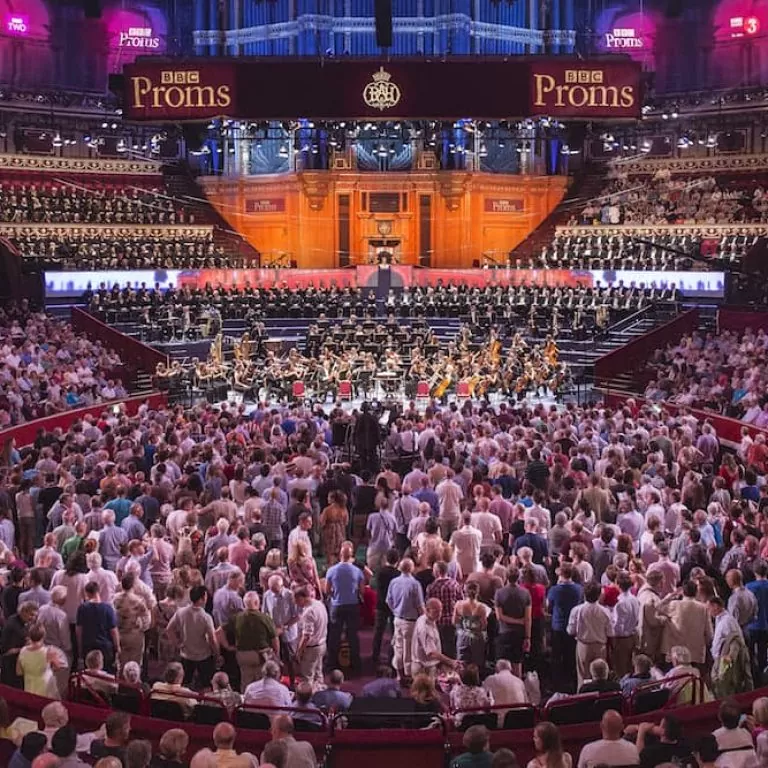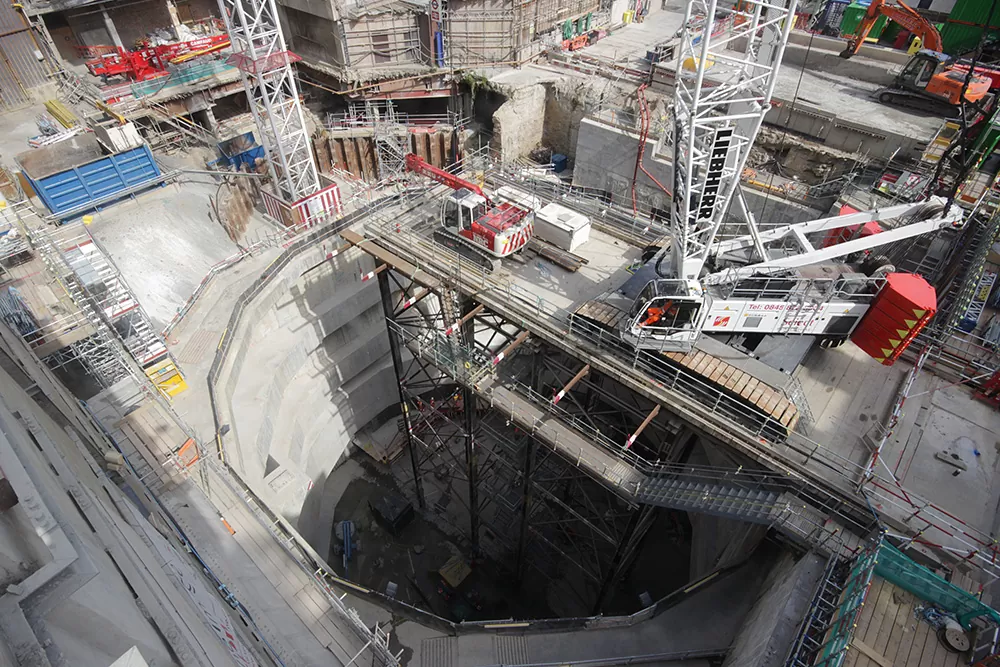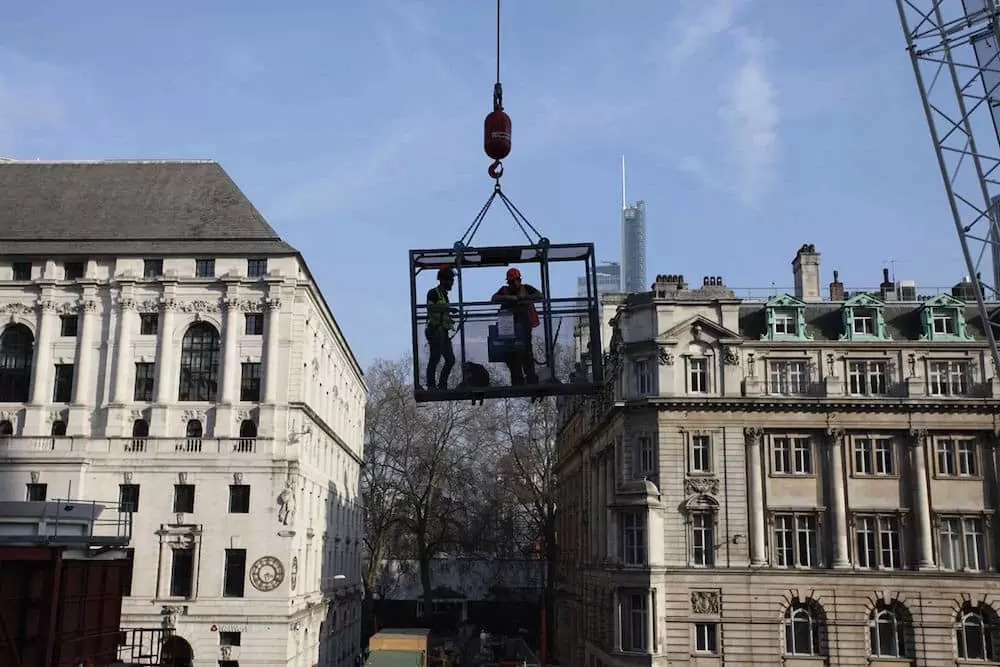
News In it for the long-term – what you need for sustained time-lapse capture
Although timescales for projects requiring time-lapse capture vary in length and scale, it is common practice for solutions to be in place for extended periods of time.
What is needed to create successful long-term time-lapse? This blog considers the fundamentals.
Equipment
For capture of any duration there needs to be time-lapse equipment fit for environment it is to be stationed in.
Time-lapse requires a camera system to be programmed to capture images at set intervals – usually between every 12 and 15 minutes – although this can vary from project to project.
This is achieved using a vital piece of hardware called an intervalometer.
Modern DSLR cameras can capture at set intervals through in-built software or basic remote hardware, but often lack other components needed for successful and sustained capture.
The camera needs to be protected, especially when installed in an exterior environment. Capturing construction developments or monitoring outdoor events, for example, the camera system is susceptible to changes in weather conditions.
Bespoke equipment is built to withstand sudden drops in temperature via climate controls and external, robust housing protects the vital inner workings of the camera system from rain, sleet, snow etc.
Installation itself also requires a skilled hand, especially in environments that are difficult to access, and that may present hazards to untrained personnel.
Project file #1 – Moorgate Station
Location: Moorgate Station, central London
Capture duration: Over 24 months

Above: capturing excavation and construction works at Moorgate Station, London.
For this long-term capture of excavation and construction works in the heart of London, innovative install methods were required.
The conditions on site made it impossible to access the desired mounting point from any on-ground location.
The number of Crossrail construction sites in the area, coupled with the proximity of works going on at Hammersmith, City Line, and the existing Moorgate ticket hall, meant that engineers had to be lifted to the fixing position via a cage suspended from a crane.

Above: a tricky install over Moorgate Station
For sustained time-lapse capture of large-scale projects, particularly in the construction industry, a desired fixing position for the camera is usually at height.
Positioning the camera system at the start of the project could require anything from erecting scaffolding, manning a cherry picker, winching into place, and fixing on the roof of a building, or other secure structure.
Experienced engineers, equipped with the appropriate expertise and industry-leading accreditations are necessary for installations to be carried out safely and successfully.
A full and comprehensive service, like that provided by professional time-lapse providers, also means that the camera system is secure and can be micro-managed throughout the duration of the project.
If complications were to arise, this can be dealt with quickly, easily, and at cost.
Time-lapse capture relies on high quality images, and although buying off-the-shelf kit can get you DSLR at low prices, a construction webcam system, for instance, will not be able to provide industry-standard quality and a complete service guarantee.
Power source
In addition to the camera system, one of the first things that is required when planning long-term time-lapse capture is to identify and secure a reliable power source.
Modern camera systems already use a considerable amount of power so using a standard rechargeable battery is not viable for any sustained length of capture.
For a camera to function continuously at optimum capacity throughout duration, a stable mains connection is ideal.
On construction sites, this is often enabled via nearby cabins, or buildings – not to mention metres and metres of electric cable.
Although a mains connection is the most desired and cost effective source of power for time-lapse, this is not the only option.
Off-grid solutions, such as solar power, are also available to power the camera in these situations.
Project file #2 – St Andrews
Location: St Andrews, Fife
Capture duration: Three weeks
Solar power was used to accommodate time-lapse capture of the construction of the first-ever two-tier grandstand at St Andrews in time for the 2015 Open Championship.
No mains power was available at this prestigious sporting venue, but off-grid systems enabled faultless capture for three weeks – resulting in capture of 15,000 images.
Remote access/ monitoring
For construction monitoring especially, regular, physical access to site can be difficult and impractical. Remote access to the camera system is, therefore, crucial to successful long-term capture – as well as additional benefits of time-lapse like site monitoring.
This is enabled via the incorporation of network controls, linking the camera system to a secure server.
Access to the camera settings is enabled via these 3G/ 4G networks or through a stable broadband connection, allowing changes to be made remotely.
Making changes to such things as interval speeds or exposure settings may be required throughout a project, depending on the degree of activity on site. This is especially beneficial for long-term capture, as different phases of a project will require different settings.
The ability to micro-manage camera settings also helps it to remain capturing at optimum capacity, particularly when battling against such things as changes to climate conditions or artificial lighting.
Project file #3 – A Year in the Life
Location: The Royal Albert Hall, London
Capture duration: 12 months
Providing time-lapse capture for an entire year at the Royal Albert Hall involves many different events that make up the cultural calendar for this prestigious venue.
In total 390 events were captured over 365 days, including the Royal Variety Performance, Cirque du Soleil, Masters Tennis, ending with ‘The Last Night of the Proms’.
The camera system operated 24/7 and was remotely controlled and monitored throughout the course of these varying events, adjusting settings accordingly to capture in optimum quality.
Another benefit of this networked set-up is that images can be transferred to an online viewing platform.
Online platforms help to bridge the gap between the professional time-lapse providers and their clients.
Clients have easy access to images and video edits via secure log-in credentials, ideal for showcasing their ongoing progress, and for keeping invested parties abreast of developments throughout the course of a project.
For peace of mind when time-lapsing for the long-term, an end-to-end professional service guarantees successful capture.